Introduction
Many pet cat enthusiasts hope to ensure that their pets have a stable food supply and avoid food waste and mess in the room while they are away. Therefore, we came up with an interesting idea to use Raspberry Pi HMI reTerminal and Xiao, combined with Node-RED, to create a cat feeder, helping cat owners better take care of their feline friends.

Softwares
Node-RED
Node-RED is a programming tool for wiring together hardware devices, APIs, and online services in new and interesting ways.
It provides a browser-based editor that makes it easy to wire together flows using the wide range of nodes in the palette that can be deployed to its runtime in a single-click.
Hardwares
reTerminal
reTerminal is Seeed’s first generation Raspberry Pi Compute Module 4 (CM4) powered HMI device. Raspberry Pi Compute Module 4 (CM4) is a Quad-Core Cortex-A72 CPU running at 1.5GHz and a 5-inch IPS capacitive multi-touch screen with a resolution of 1280 x 720. It has a sufficient amount of RAM (4GB or 8GB) to perform multitasking and also has a sufficient amount of eMMC storage (32GB) to install an operating system, enabling fast boot-up times and a smooth overall experience. It has wireless connectivity with dual-band 2.4GHz/5GHz Wi-Fi and Bluetooth 5.0 BLE.
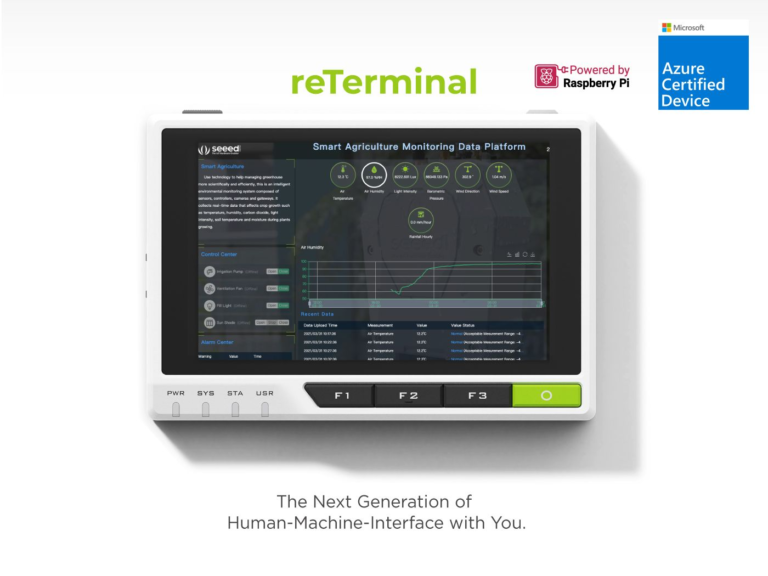
Seeed Studio Xiao
Seeed Studio XIAO Series are diminutive development boards, sharing a similar hardware structure, where the size is literally thumb-sized. The code name “XIAO” here represents its half feature “Tiny”, and the other half will be “Puissant”.
Seeed Studio XIAO ESP32S3 leverages 240MHz Xtensa 32-bit LX7 dual-core processor, supporting both WiFi and BLE 5.0 wireless connectivities, allows for deep sleep mode with power consumption as low as 14μA while supporting lithium battery charging management. Ideal for the Internet of Things, Smart Homes, Wireless wearable devices, Robotics, etc.
Solution
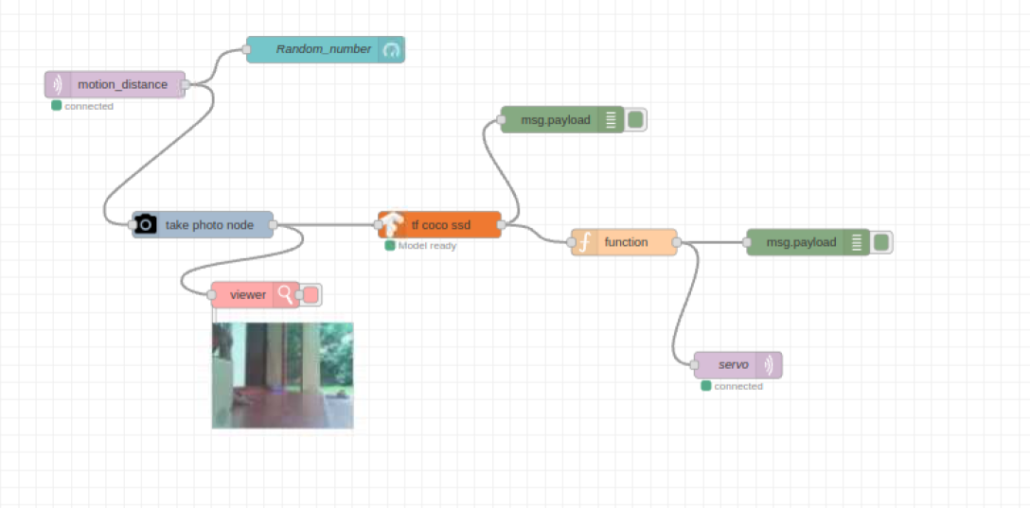
First, a PIR motion sensor is employed to measure motion in the vicinity. Additionally, an ultrasonic sensor is utilized to measure the distance between the device and the animal. When the PIR sensor detects motion and the measured distance to the animal is less than 30 cm, the system proceeds to publish the distance value through MQTT communication.
It incorporates the power of image processing and artificial intelligence to accurately identify whether the detected animal is a cat. This is achieved using an object detection node in conjunction with a Raspberry Pi camera. The object detection algorithm processes the captured image to determine the presence of a cat. If a cat is detected, the system publishes the message “true” to the MQTT broker.
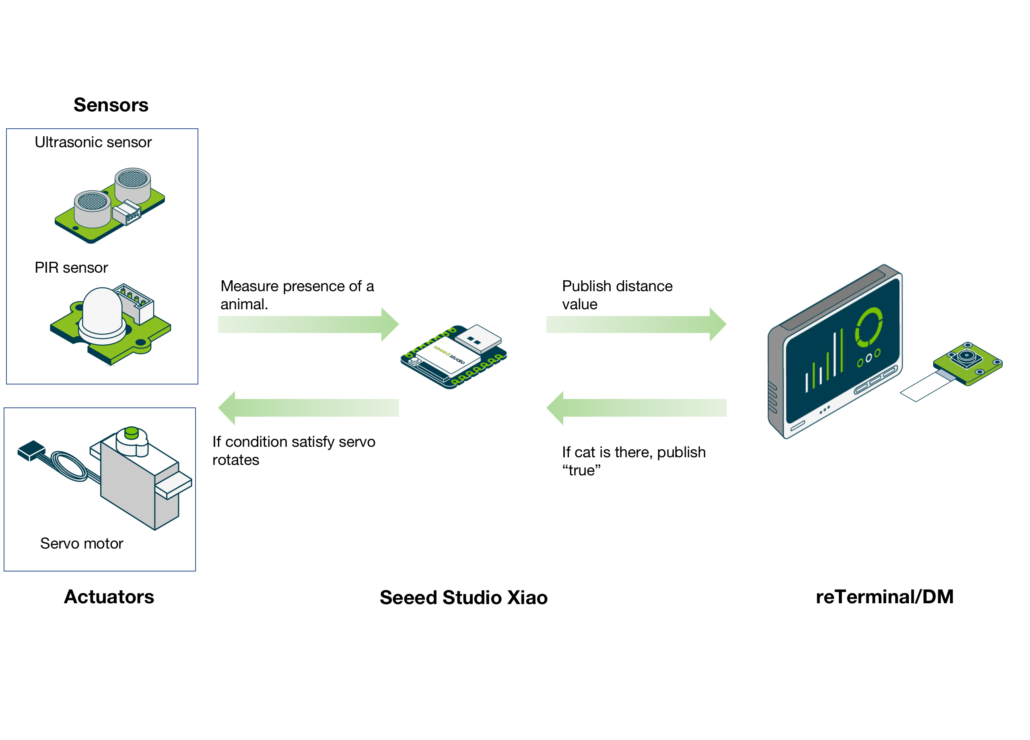
When the ESP32 receives the “true” message from the MQTT broker, it fulfills the conditions for servo motor activation. As a result, the servo motor rotates back and forth between 80 to 25 degrees to open the bottle neck for feeding, offering a visual indication of the detected animal’s presence. This engaging scenario showcases the seamless integration of hardware and software components, as well as the power of IoT and AI technologies to create intelligent systems capable of responding to real-world conditions. Such applications have the potential to find utility in various fields, from security systems to environmental monitoring, where precise detection and automated responses are crucial.
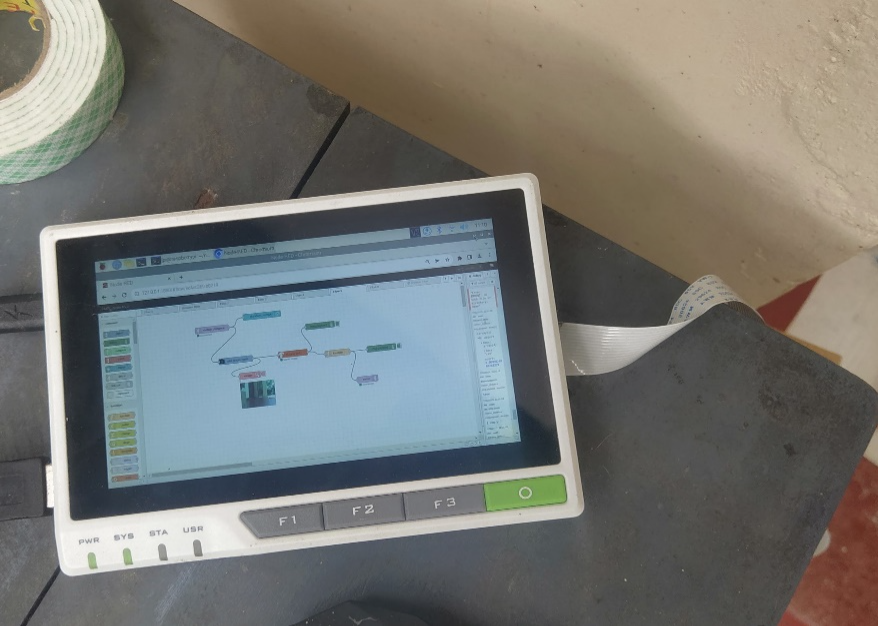
More Discussion
This project serves as a prototype for creating smart security systems with enhanced capabilities. Integrating motion detection, distance measurement, and object recognition allows for the development of intelligent security systems that can differentiate between various objects or individuals. Security system builders can adapt and deploy such projects for applications like pet monitoring, intruder detection, or wildlife monitoring.
The concept of detecting animals through distance measurements and object recognition can be extended for environmental monitoring purposes. Researchers or conservationists can use similar technology to study and track wildlife, identifying the presence of specific animals in their natural habitats. This can be invaluable for biodiversity studies and understanding ecosystem dynamics.
It could be integrated into home automation systems. For example, it could trigger certain actions when pets or specific animals are detected, such as dispensing food, opening doors, or activating pet-friendly features in the house.
Seeed Studio's Raspberry Pi Ecosystem

Seeed Studio has been serving the Raspberry Pi user community since 2013 and took the lead to join the approved reseller and design partner. Since the first version of reTerminal in 2021, we have a series of products including reRouter, edge controller series, and this year reTerminal DM, serving creators, makers, enthusiasts, students, engineers, enterprises as well as industries, and every scenario needing Raspberry Pi.
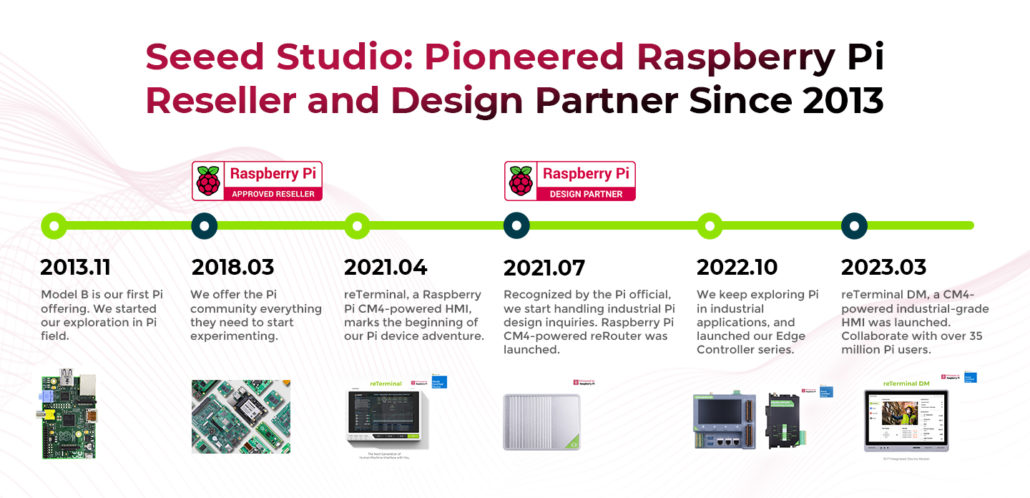
Explore more products, full system devices, customization services, and use cases on the Seeed Raspberry Pi page.
Download our latest Raspberry Pi success case booklet to know how Seeed and Seeed’s Raspberry Pi-powered products and solutions assist in tackling real-world challenges. If you need any customization based on Raspberry Pi, please check out our customization services.